2013-12-17 
【Aiden in English】
Bang! Bang! The drum's noise was earsplitting. While the people were praying, the drum made the only sound that could be heard for miles. We were at the Kudroli Gokarnath Temple in Mangalore, an auspicious place in India. It was dedicated to Lord Gokarnath, also known as Shiva, the Hindu deity of destruction, in one of the three most influential denominations. The temple was built in the shape of a pyramid and covered with gold. The tall pillars supported the ceiling and housed multiple shrines to hold offerings for the deities. Alongside the temple was a pond surrounded by numerous life-like statues of deities in their animal forms. The Karnataka tiger, a symbol of heroism, stood out to me. This was the only animal that looked dangerous and vicious. Nevertheless, they seemed to be looking at the tranquil water. The palm trees had ripe coconuts hanging from their branches, and a thick, lush carpet of grass grew as green as possible. Everything around the temple looked like a natural ecosystem of peace. Unlike the Elephanta Caves, the locals not only came to worship Lord Gokarnath but also Lord Hanuman, the deity of food. He had the face of a monkey and was a famous legend for saving a prince's wife, according to the Indian epic Ramayana. Interestingly, Lord Hanuman bears a resemblance to the monkey king in the story of the Chinese Journey to the West. What a fantastic similarity between the two nations in literature! In the Kudroli Gokarnath Temple, even the city's poorest people gave up their most precious possessions to the deities. As I turned around, I saw a whole class of students giving offerings to the deities. Seeing kids still in kindergarten give things up and pray to the gods was so shocking. The Hindu religion seemed like a saviour for people to vanquish poverty and live in harmony. 【红霞译】
咣!咣!每当人们烧香拜佛求主保佑,震耳欲聋的锣鼓声立刻响彻云霄。
我们置身印度卡纳塔克“高地”邦芒格洛尔“吉祥”,瑜伽寺庙专门用来供奉印度教中三大主神之一戈拉克纳特“牛耳朵”瑜伽湿婆“吉祥神”,其外部形如金字塔,被装裱得金碧辉煌;里面柱梁高大结实,上撑天花板,下托祭坛,为教会募集各路侍奉奠定基础。
主庙旁边有一池塘,池边设立很多动物模型,它们实为各种神的化身,其大小也与真人真物相匹配,正面对着我的动物是“卡纳塔克邦之虎”——民族英雄的标志,这是唯一一尊血气方刚的家伙。不管怎样,所有动物都静观池中,仿佛心如止水;池外棕榈树上垂挂串串椰子,四周绿草丛生,这样一个自然生态系统,着实衬托出寺庙本身祥和的氛围。“学童之眼还从未曾看到过像它那样的一处仙地”﹗
与孟买“母亲”象岛石窟不同,当地人来此不仅敬拜瑜伽神,而且还向主管食物的哈努曼“下巴畸形”神祈祷,哈努曼实际上是神猴,印度史诗《罗摩衍那“愉快之旅”》说它曾经救过王子的娇妻。真是无巧不成书,这印度神猴与《西游记》中描述的大唐美猴王竟然在相貌上如此雷同,“智慧之耳也从未曾听说过世上还有可与之匹敌的任何国度”﹗ 前来瑜伽寺庙祈福求安的教徒不分贵贱一律诚心侍奉,我发现甚至连学前班的幼童也不例外。印度教如同救世主一般,吸引人们提高征服贫穷和睦相处的信念。 Today in History(历史上的今天): 2012: Easter Island, Chile(智利复活节岛) 2009: 新西兰天籁之声(Sounds of Heaven, NZ) 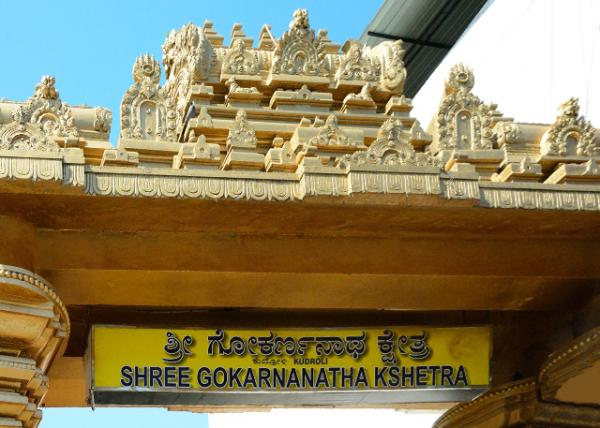 Gatehead of Gokarnath Temple (瑜伽寺庙·门头) Gatehead of Gokarnath Temple (瑜伽寺庙·门头)
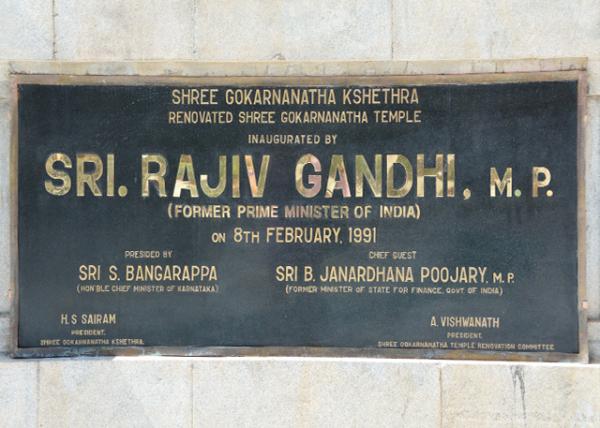 Plaque of Gokarnath Temple (瑜伽寺庙·寺匾) Plaque of Gokarnath Temple (瑜伽寺庙·寺匾)
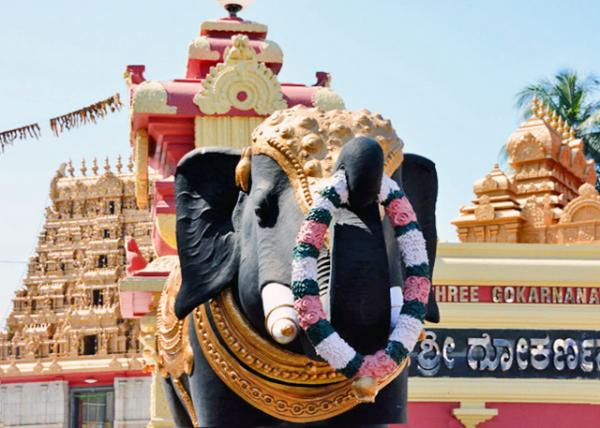 Elephant, a Symbol of Good Luck, Wisdom, Fertility & Protection @ Gokarnath Temple Elephant, a Symbol of Good Luck, Wisdom, Fertility & Protection @ Gokarnath Temple
(瑜伽寺庙大象·吉祥、智慧、丰产和保护的象征) 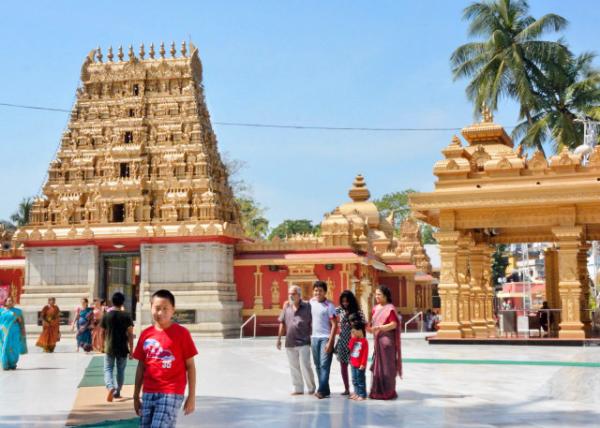 Gokarnath Temple (瑜伽寺庙 12-17-2013) Gokarnath Temple (瑜伽寺庙 12-17-2013)
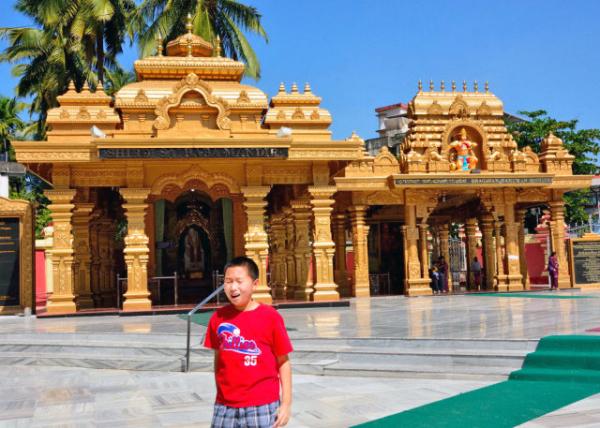 Sizzling Day @ Gokarnath Temple Decorated w/ Murals of Various Gods & Goddesses Sizzling Day @ Gokarnath Temple Decorated w/ Murals of Various Gods & Goddesses
(装饰各种神灵及女神壁画的瑜伽寺庙·“烤焦脊梁啦”儿歌不无感慨! 12-17-2013) 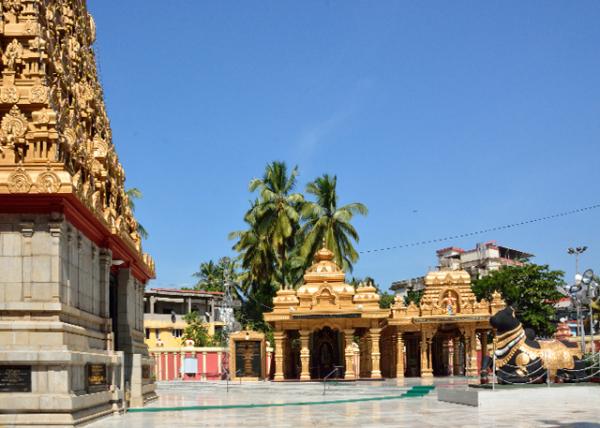 Courtyard of Gokarnath Temple (瑜伽寺庙·庭院) Courtyard of Gokarnath Temple (瑜伽寺庙·庭院)
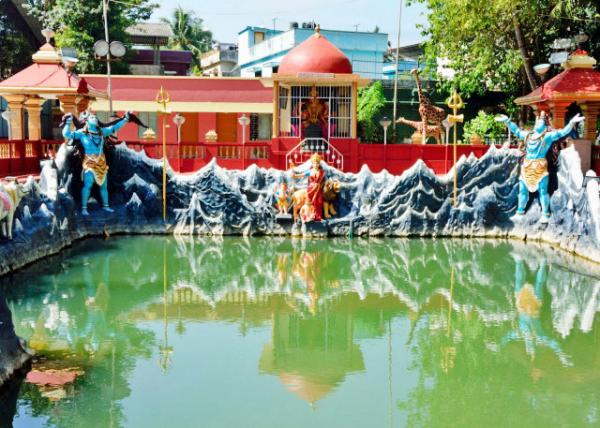 Hindu God Gokarnanatha, a Form of Lord Shiva, @ Holy Water Pond of Gokarnath Temple Hindu God Gokarnanatha, a Form of Lord Shiva, @ Holy Water Pond of Gokarnath Temple
(瑜伽寺庙圣水池塘·印度教神戈卡纳纳特,湿婆神的化身) 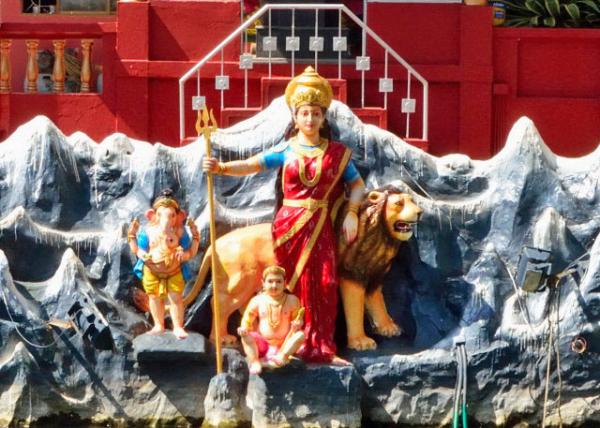 Karnataka Tiger, a Symbolic Hero @ Gokarnath Temple Karnataka Tiger, a Symbolic Hero @ Gokarnath Temple
(瑜伽寺庙圣水池塘卡纳塔克邦之虎·英雄象征) 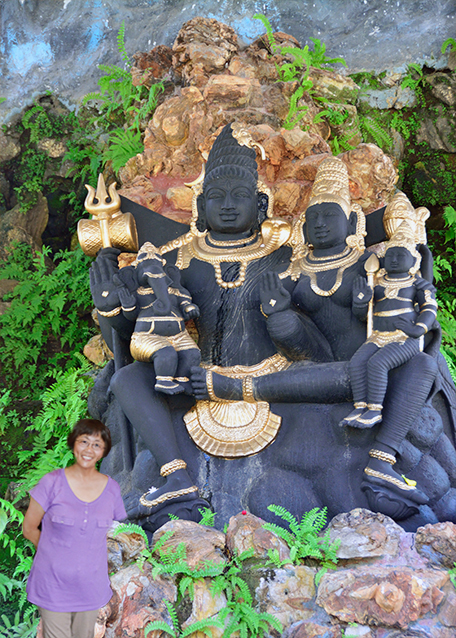
Statues of Lord Shiva, Parvati, Ganesh, & Kartike in the Temple Pond of Kudroli Gokarnanatheshwara Temple (库德罗利·戈卡南那瑟什瓦拉“瑜伽”寺庙圣水池塘——湿婆神、帕尔瓦蒂“喜玛拉雅山的女儿”神、甘尼萨“象头”神和卡尔蒂克亚“战神”神像 12-17-2013)
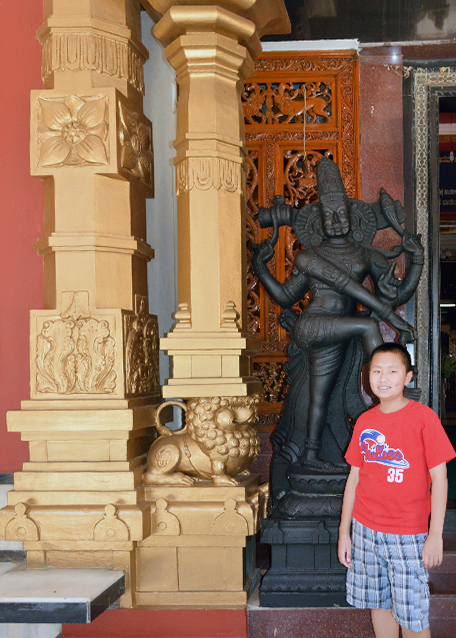
Guradian @ Gokarnath Temple (瑜伽寺庙·守卫 12-17-2013) 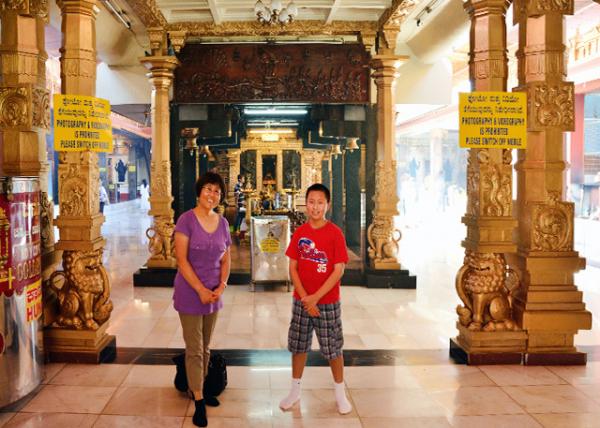 Shiva Temple Facilitating Spiritual Growth & Self-discovery @ Gokarnath Temple Shiva Temple Facilitating Spiritual Growth & Self-discovery @ Gokarnath Temple
(瑜伽寺庙湿婆神庙·促进精神成长和自我发现 12-17-2013)
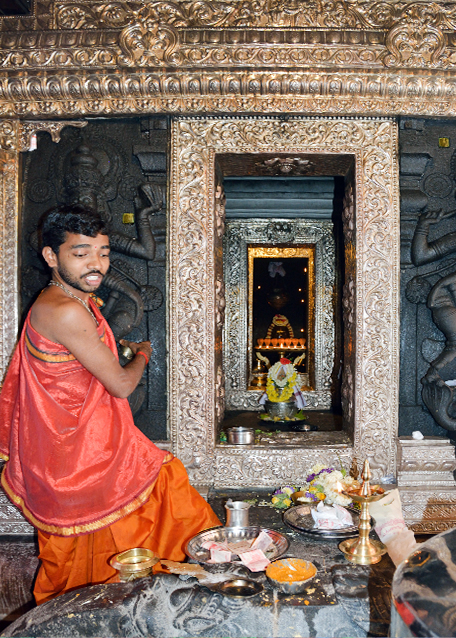
Lord Shiva, Devoting & Seeking Blessings for Prosperity, Well-being, & Spiritual Enlightenment @ Gokarnath Temple (瑜伽寺庙湿婆神庙·虔诚敬奉并祈求繁荣、安康和精神启迪的祝福) 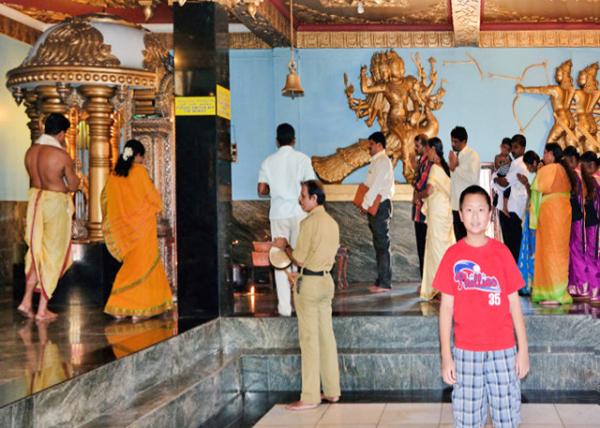 Devotion to Shiva, The Destroyer within the Trimurti Including Brahma and Vishnu, the Supreme Lord in Creating, Protecting, & Transforming the Universe Devotion to Shiva, The Destroyer within the Trimurti Including Brahma and Vishnu, the Supreme Lord in Creating, Protecting, & Transforming the Universe
(湿婆·三位一体中的毁灭者,包括梵天和毗湿奴,创造、保护和改造宇宙的至高主宰 12-17-2013) 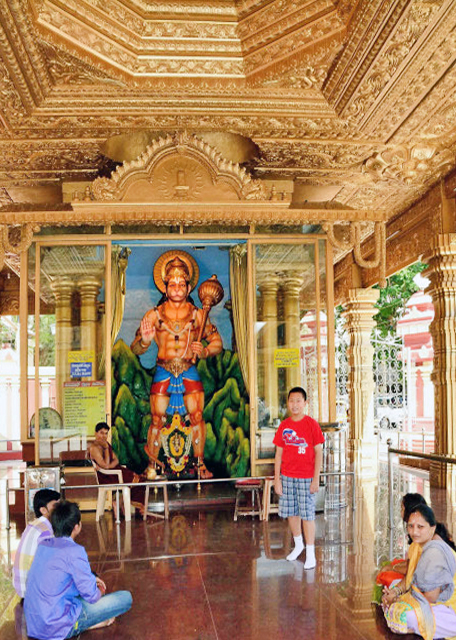
Lord Hanuman @ Gokarnath Temple (瑜伽寺庙·哈努曼神猴 12-17-2013) 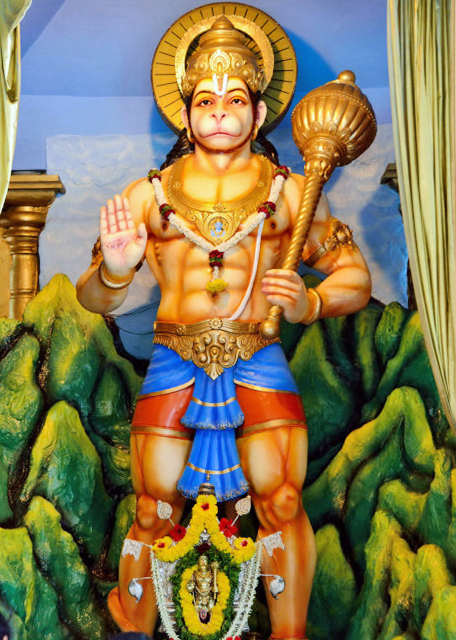
Lord Hanuman, the Deity of Food (神猴·食物之神)
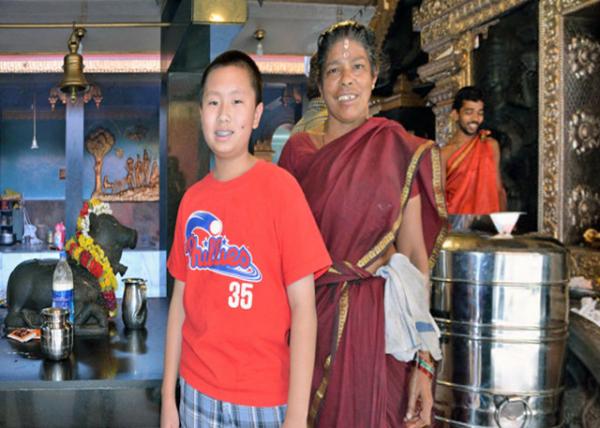 Transept @ Gokarnath Temple Transept @ Gokarnath Temple
(瑜伽寺庙·耳堂 12-17-2013) 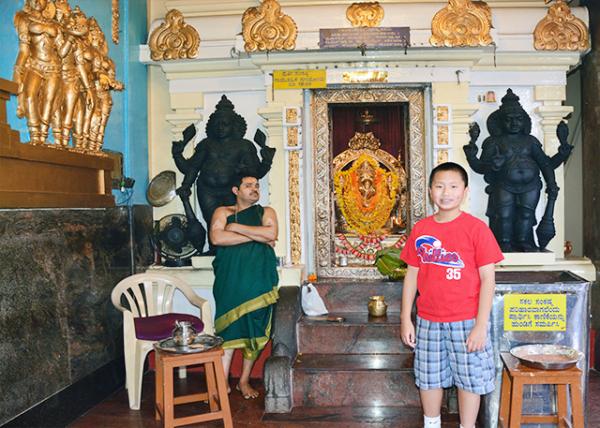 Shrine & Priest of Gokarnath Temple Shrine & Priest of Gokarnath Temple
(瑜伽寺庙·神社与祭司 12-17-2013)
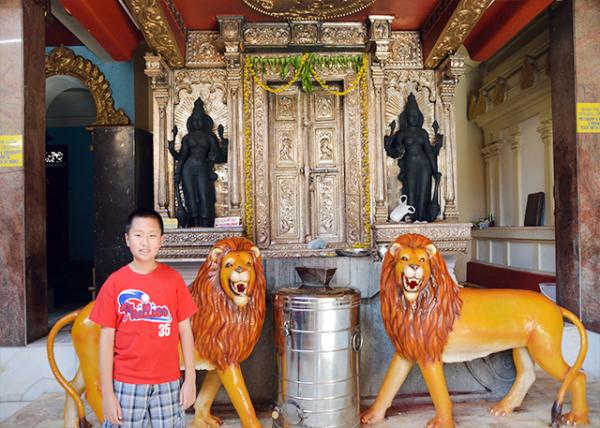 Side Altar Fronted by 2 Lion Statues @ Gokarnath Temple Side Altar Fronted by 2 Lion Statues @ Gokarnath Temple
(瑜伽寺庙·侧祭坛正面有两尊狮子雕像 12-17-2013)
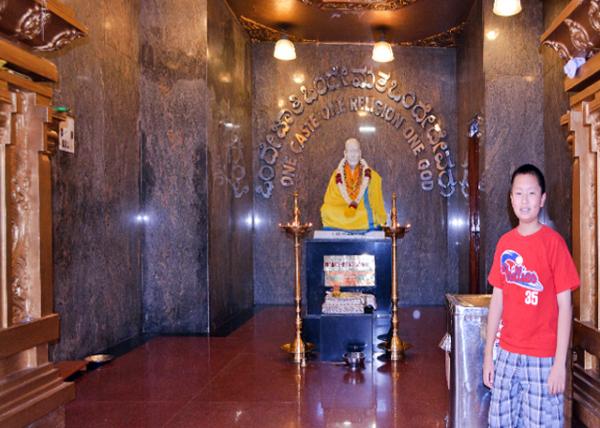 Sree Narayana Guru Quoted for One Caste, One religion, & One God for All Human Beings @ Gokarnath Temple Sree Narayana Guru Quoted for One Caste, One religion, & One God for All Human Beings @ Gokarnath Temple
(瑜伽寺庙——神灵纳拉亚纳“至高无上的存在”圣人的至理名言:“全人类一个种姓、一个宗教、一个神” 12-17-2013) 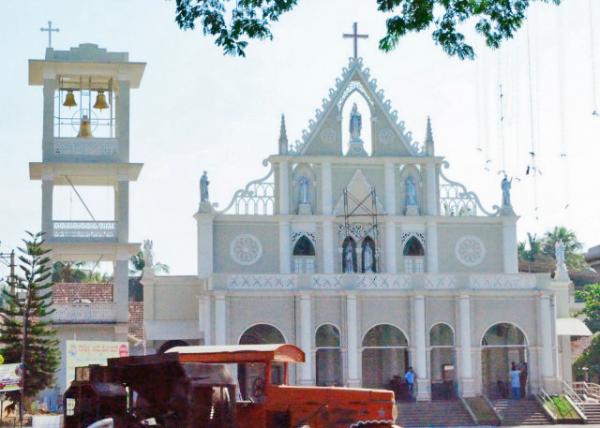 Milagres Church, the 17th-Century Catholic Milagres Church, the 17th-Century Catholic
(米拉格雷斯“奇迹圣母”·17世纪的天主教堂)  Idgah Mosque Involved in Religious & Legal Controversy Concerning Its Construction on Land Claimed as the Birthplace of Lord Krishna Idgah Mosque Involved in Religious & Legal Controversy Concerning Its Construction on Land Claimed as the Birthplace of Lord Krishna
(伊德加“祈祷”清真寺·因在印度教中象征爱、慈悲和保护的克里希纳“黑色”神诞生地土地上建造该建筑而引发宗教和法律争议)
 St. Aloysius Chapel Served as an Inspiration for Visitors, Highlighting Themes of Faith, Service, & the Beauty of Art & Spirituality St. Aloysius Chapel Served as an Inspiration for Visitors, Highlighting Themes of Faith, Service, & the Beauty of Art & Spirituality
(圣阿洛伊修斯“著名战士”礼拜堂·为参观者提供灵感,突出信仰、服事、艺术与精神之美等主题 12-17-2013)
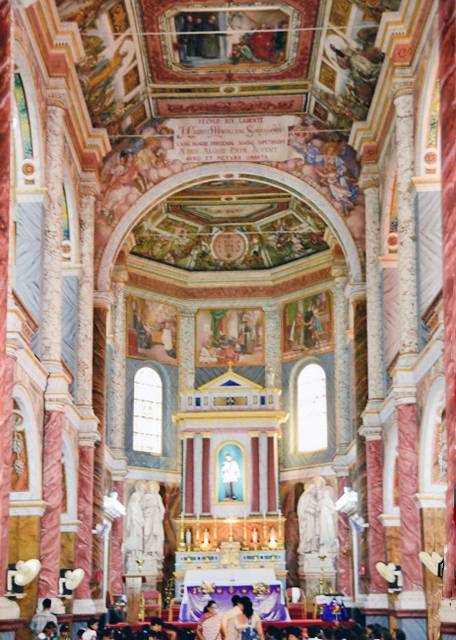
St. Aloysius Chapel, Built in 1885, is a Replica of the World Renowned Sistine Chapel in Rome (建于1885年的阿洛伊修斯礼拜堂·世界闻名的罗马西斯廷教堂的复制品) 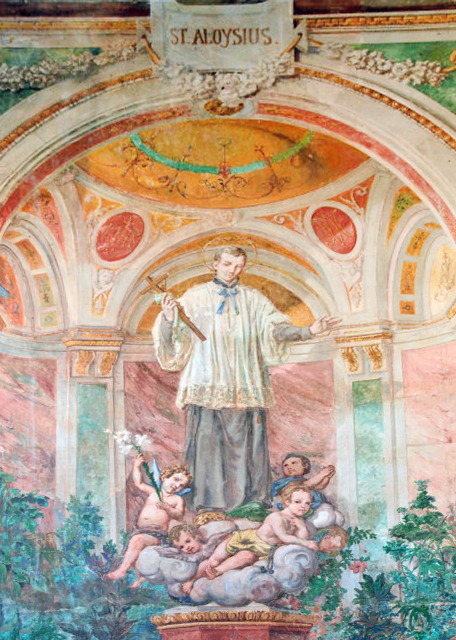
The Mural of St. Aloysius Chapel, Depicting the Life of Antonio Gonzaga, Dedicated His Life to the Service of Others (阿洛伊修斯礼拜堂壁画·描述安东尼奥·冈萨加“无价之宝·战斗精灵”毕生致力于服事他人) 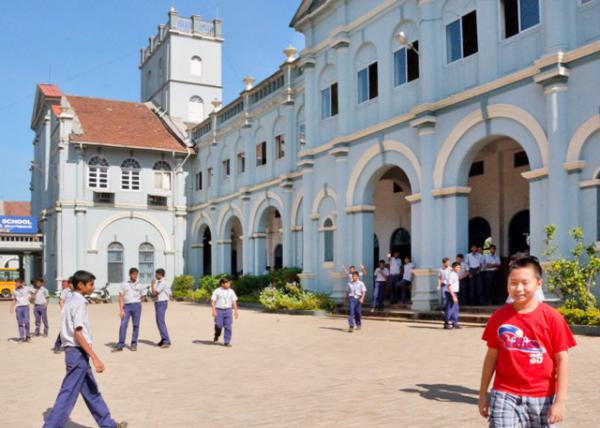 St. Aloysius College St. Aloysius College
(阿洛伊修斯天主教私立高中 12-17-2013) 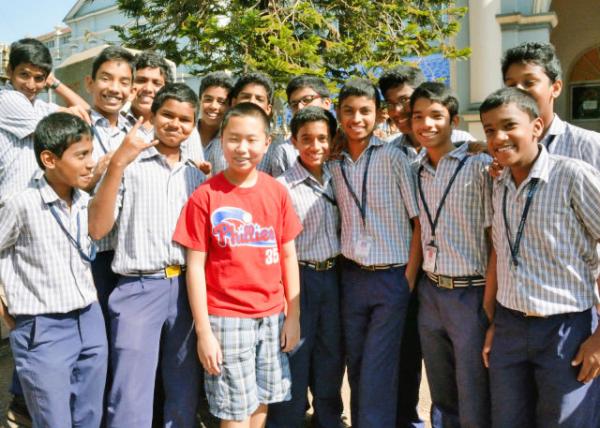 8th-grade Students from St. Aloysius College 8th-grade Students from St. Aloysius College
(阿洛伊修斯天主教私立学校·五年级小学生异地偶遇初三学霸们)  Hosts of Mrs. Joan Peres & Mr. Greg Peres @ Belmont House Hosts of Mrs. Joan Peres & Mr. Greg Peres @ Belmont House
(贝尔蒙特“美山”府——琼·佩雷斯“恩慈·磐石”与格雷格·佩雷斯“守望·磐石”夫妇 12-17-2013)  Belmont House (贝尔蒙特府 12-17-2013) Belmont House (贝尔蒙特府 12-17-2013)
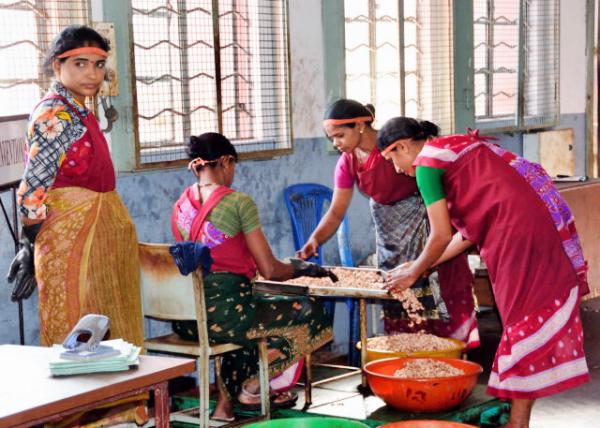 Cashew Factory of Achal Industries Cashew Factory of Achal Industries
(阿查尔“坚定”企业·腰果工厂)  All Female Workers @ Achal Industries Cashew Factory All Female Workers @ Achal Industries Cashew Factory
(阿查尔企业腰果工厂·全为女工) 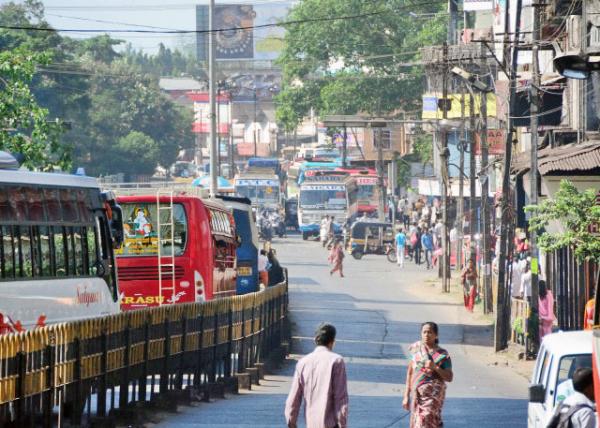 Downtown @ Mangalore (芒格洛尔市中心) Downtown @ Mangalore (芒格洛尔市中心)
 Women are not inferior to men (巾帼不让须眉) Women are not inferior to men (巾帼不让须眉)
 Port @ Mangalore (芒格洛尔港) Port @ Mangalore (芒格洛尔港)
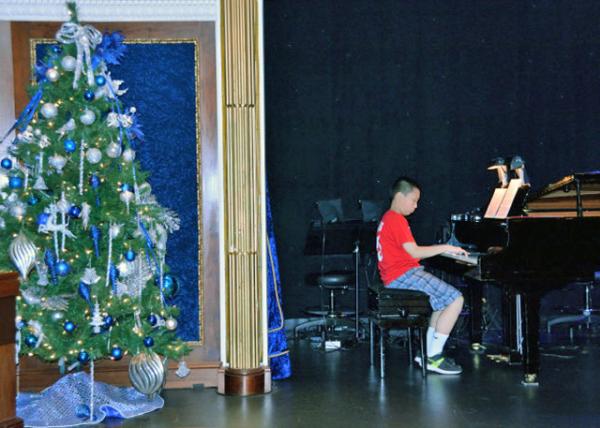 Nautics Lounge @ Nautica Oceania Nautics Lounge @ Nautica Oceania
(“大洋·航海”号游轮—航海休息室 12-17-2013) Crosslinks(相关博文): India(出游印度)
Across the Indian Ocean(穿越印度洋) |
